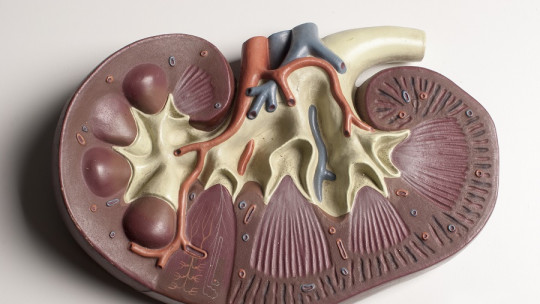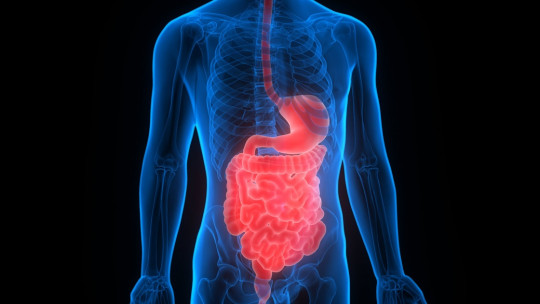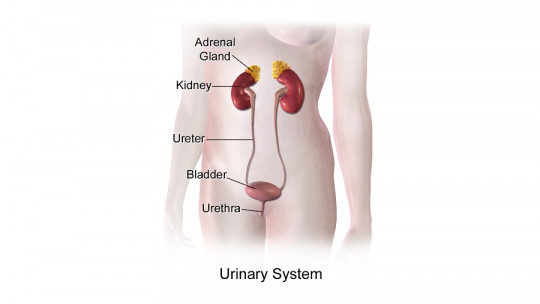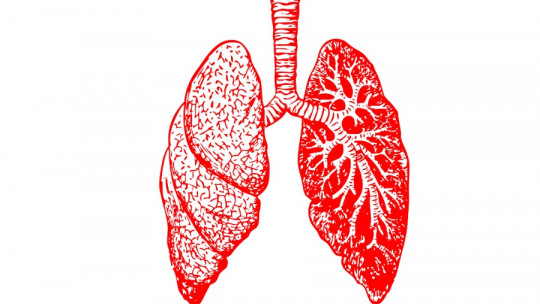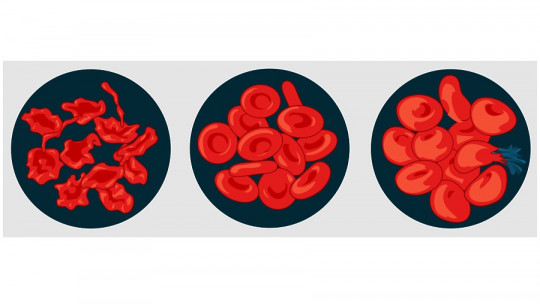
Human beings are an open biological system. As such, we continually exchange water, waste products, organic matter and nutrients with the environment around us. From the most demanding exercise to the most anodyne act, they require an exchange with the environment, since without going any further, we lose about 350 milliliters of water a day in the form of vapor only with the act of breathing.
On the other hand, we also produce about 2 liters of urine a day, a waste substance that helps us maintain the electrolyte balance in our body. This water and substance balance is measured by blood osmolality, a parameter that reflects the concentration of all the chemical particles found in the liquid part of the blood.
The parameter that we mention here is essential for the topic that concerns us today, since we tell you everything about cell cytolysis, that is, what happens when an osmotic imbalance occurs in the cell’s environment. Don’t miss it, as we also discuss its medical connotations beyond the theoretical realm.
Osmosis and its importance
The organic osmosis that occurs inside our body rests on a very simple premise: the membranes of our cells are semipermeable Therefore, in an isotonic medium (the concentration is the same inside and outside the cell), the passage of water between both environments is balanced. If the medium in which the cell bodies are found is hypertonic (more solutes than in the cytoplasm), the water leaves the membrane, and if there is a higher concentration of solutes inside the cell than in the medium (hypotonic medium), the Cells “swell” due to the entry of water.
Osmoregulation is the mechanism responsible for actively controlling that this does not happen. Within our body there are multiple mechanisms that maintain the osmotic pressure of the internal environment, thus preventing the cells of our tissues from gaining or losing excess water. Here another essential parameter comes into play to understand cytolysis and something different from osmolarity: osmolality
Osmolality and osmolarity are two sides of the same coin, since they represent the same concept (the measurement of the total number of solutes in a solution), only the units used vary. Osmolarity is expressed in osmoles/liter of solution, while osmolality is expressed in osmoles/kilogram of water. At an informative level, we can use both terms interchangeably to refer to the event that concerns us here, since in body fluids the differences are minimal.
Plasma blood osmolarity is essential to understand body osmoregulation as a concept and is calculated as follows:
OSMp = 2(Na+) + (glucose) + (urea). Normal = 290 ± 10 mOsm/kg H2O
In this formula, the 3 solutes most present in the blood plasma are taken into account, which are sodium, glucose and urea. When these values are out of adjustment, we can say (in a simple way) that the blood medium could become hypo- or hyper-osmotic in reference to the environment which causes certain consequences.
For example, when the kidneys function poorly, there is an increase in hydrostatic pressure in the blood (due to the accumulation of water and sodium), which causes water to “leave” from the hyperosmotic medium (blood) to the hyposmotic medium (tissues). Thus, edema and other pathological fluid accumulations can form in the body.
What is cytolysis?
This extensive explanation may seem unnecessary, but nothing could be further from the truth: cellular cytolysis occurs due to an osmotic imbalance in the organism, so it was essential to understand the parameters that condition it. Said quickly and simply, Cytolysis is an event that occurs when excess water enters the cell cytoplasm if the medium surrounding the cell is hypotonic thus causing it to swell and end up breaking.
It should be noted that cytolysis only occurs in cells that do not have a cell wall, as this barrier prevents cell bodies from swelling to the point of rupture. Therefore, it only occurs in animals and protozoa, while plants and bacteria “are saved.”
The reverse process to cytolysis is plasmolysis, since when the medium is hypertonic, water leaves the cell and it dehydrates. There are many causal factors that can trigger both plasmolysis and cytolysis, and we present some of them in the following lines.
1. Biological agents
In the lytic cycle, viruses end up destroying the cell from within and releasing themselves into the environment. Depending on the meaning we have of the term, we could include this event as cytolysis, since the activity of intracellular viruses causes a drastic rise in internal osmotic pressure, which ultimately causes rupture. So, Viruses can break free and infect new healthy cells
Another very clear example of biological cytolysis is that mediated by Natural Killer (NK) cells, special lymphocytes that detect cancerous and infected cells, attack their plasma membrane and kill them by cytolysis. NK recognize the pathogenicity of the analyzed cell body through close intercellular contact (immune synapse) and, when they conclude that it is a danger, they induce a cytokine response and trigger the cytolysis already described.
In summary, in all these events there is a “common bridge”: there is an attack on the plasma membrane of the affected cell, which produces an osmotic imbalance between the internal and external environment too much water enters the cell, it ruptures, its vital parameters cease and part of the cytoplasm is released into the environment.
Vaginal cytolysis
Another curious case of biological cytolysis is cytolytic vaginosis, caused by bacterial overgrowth of Lactobacillus in the vaginal mucosa, microorganisms that colonize the female tracts and are, in general, beneficial to the host. The increase in the proportion of lactobacilli is associated with an acidosis in the vaginal environment (low pH), which results in cytolysis of the superficial mucosal cells.
This clinical picture presents symptoms such as itching, vulvar pain, vaginal burning and copious secretions that look like “cut milk”. Vaginal douches with dissolved baking soda are the treatments of choice in these cases, since this chemical substance is alkaline and, therefore, allows the vaginal pH to be balanced.
2. Chemical causes
At this point, we recover the osmotic imbalance. Due to some organic failure, the extracellular medium becomes hypotonic (poor in solutes) and, therefore, to reach an isosmotic state, water enters the cell cytoplasm (which is hyperosmotic with respect to the medium). Water enters the cell in an uncontrolled manner, the cell membrane cannot withstand the pressure and cytolysis occurs
We could cite various clinical entities that describe why a chemical imbalance occurs in the body, but they are complex and very difficult to understand without being clear about some advanced medical concepts. For example, patients with heart failure may suffer internal imbalances, which results in liver damage in the form of cellular cytolysis, which in turn results in an increase in circulating transaminases (which are positively correlated in many cases with a failure in the liver).
On the other hand, It seems that cerebrovascular accidents (CVAs) could also be associated with episodes of cytolysis, due to poor distribution of nutrients and fluid accumulation In summary, failures in certain organs can cause an osmotic imbalance in the blood-tissue and medium-cell, which results in cytolysis and other events at the cellular level (such as plasmolysis).
Summary
We know that we have moved into quite technical terrain, but if we want you to leave with a clear idea, this is the following: cytolysis occurs when the cytoplasm of the cell is hypertonic with respect to a hypotonic medium, or what is the same , when there are more solutes inside the cell than outside.
This situation can be promoted by viral, bacterial or immunological agents, since they are capable of directly attacking the plasma membrane and, therefore, causing an osmotic imbalance. On the other hand, the fact that the external environment of the cell is hypotonic may be due to chemical imbalances due to organic pathologies, such as heart failure and other events.

